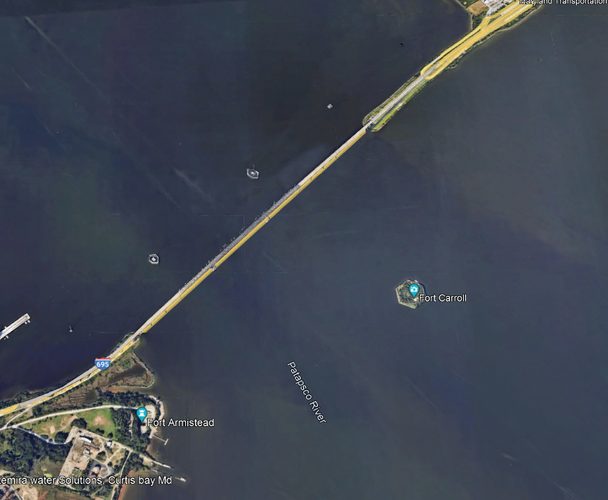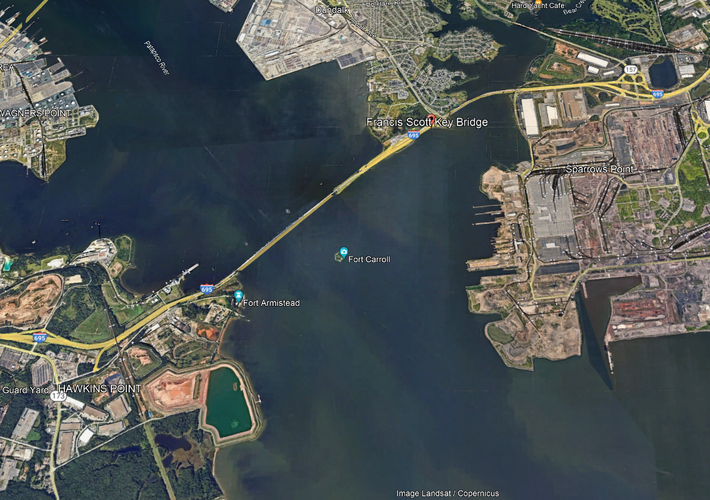Offline
I don't think dropping the anchors would have stopped it. Just too much momentum for then to get a grip in the mud, From the video they are showing on the news this morning the ship looked out of control and likely the current was pushing it into the support peer.Looks like they lost power and therefore steering, possibly fired up the emergency generator or secondary gen and lost it too. It does not look like they dropped anchor before colliding with the bridge as the chain is currently straight up and down. Hard to tell. Terrible day for people in that bridge.



